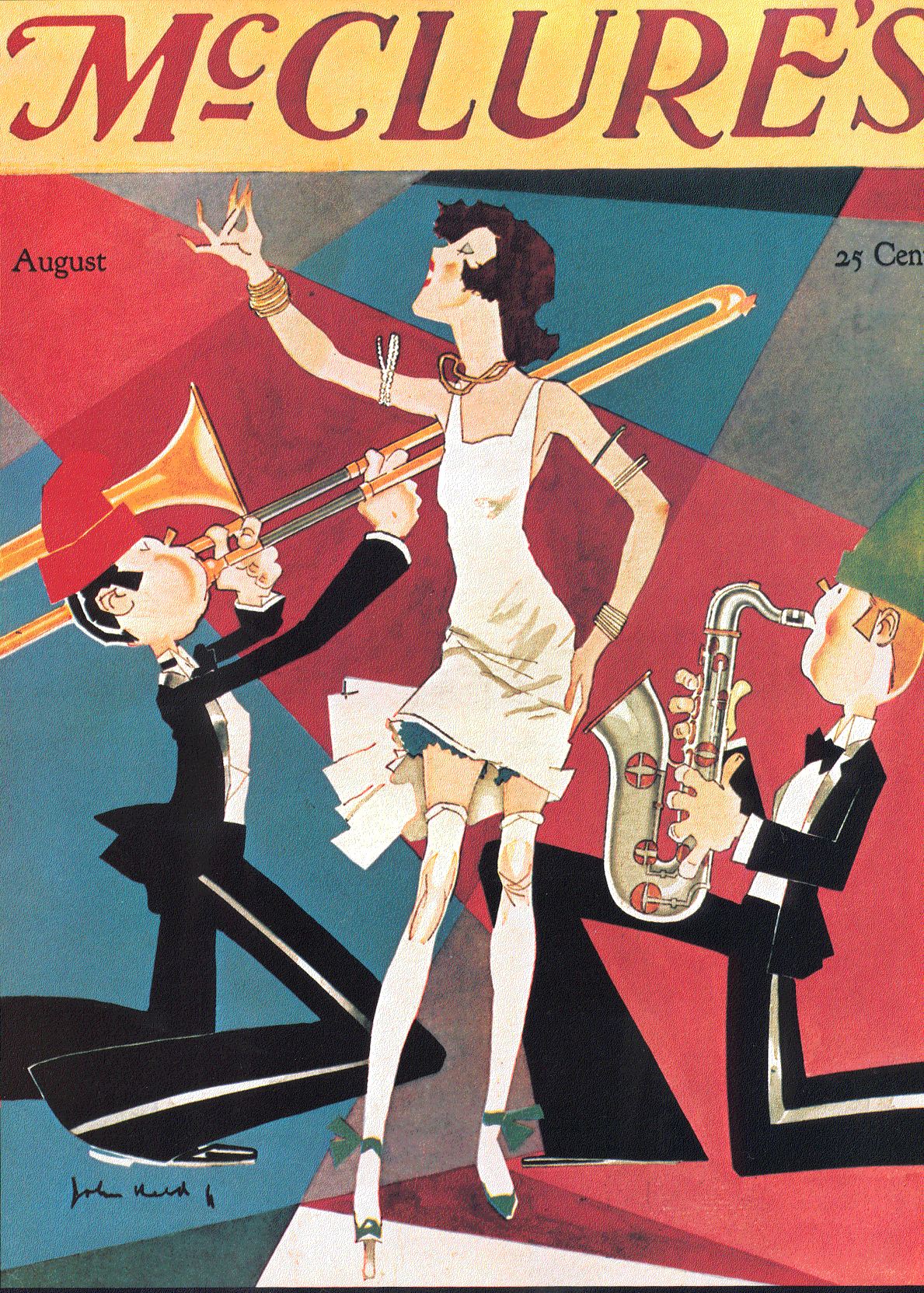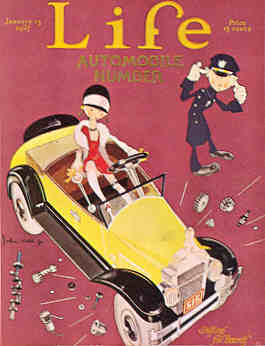 A New Jazz Culture
A New Jazz Culture

 A New Jazz Culture
A New Jazz Culture


Throughout the 1920s, jazz music evolved into an integral part of American popular culture. The "primitive" jazz sound that had originated in New Orleans diversified, and thus appealed to people from every echelon of society. The effect of jazz music upon society can be depicted through a close examination of different aspects of popular culture. Jazz music had a profound effect on the literary world, which can be illustrated through the genesis of the genre of jazz poetry. Fashion in the 1920s was another way in which jazz music influenced popular culture. The Women's Liberation Movement was furthered by jazz music, as it provided means of rebellion against set standards of society. The status of African Americans was elevated, due to the popularity of this distinctly African American music. For the first time in American history, what was previously considered "bottom culture" rose to the top and became a highly desired commodity in society.Jazz Poetry: Poetry and music are among the most compelling and beautiful forms of art. During the 1920s, these two forms merged, and the genre of jazz poetry was created. The Harlem Renaissance and the influence of African American writers and intellectuals substantiated the intellectual and spiritual appeal of jazz music.

Flappers & Fashion: During the course of the 1920s, hem lines rose and bodices dropped. Men's pants bagged and women's hair was cut short. Jazz influenced these fashion trends, along with many more...
Jazz and Women's Liberation:During the 1920s, jazz music provided the motivation and opportunity for many women to reach beyond the traditional sex role designated to them by society.
Bottom Culture Rises:
African American jazz music swept throughout the country during the 1920s. Jazz music was able to gain respect as an African American art form. For the first time in history, the culture of a minority became the desire of the majority.